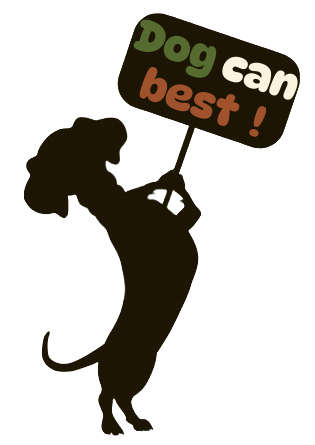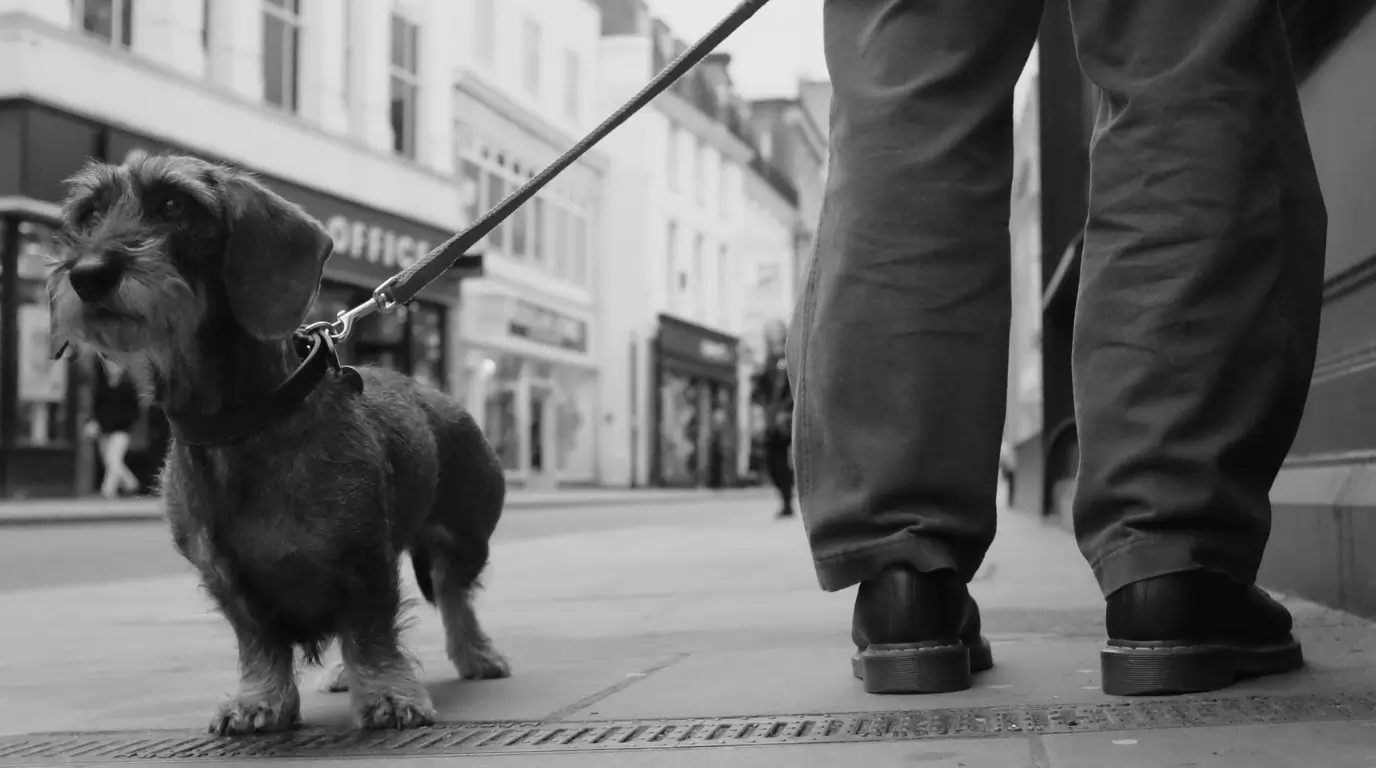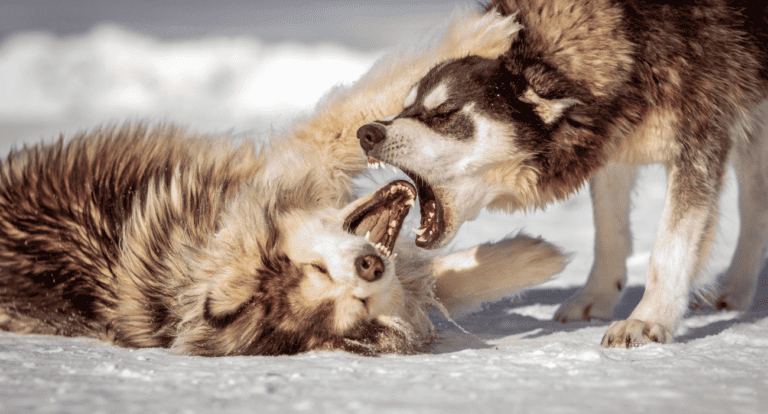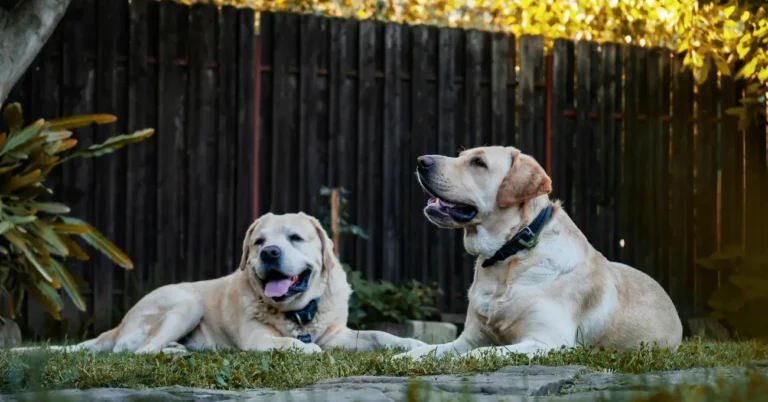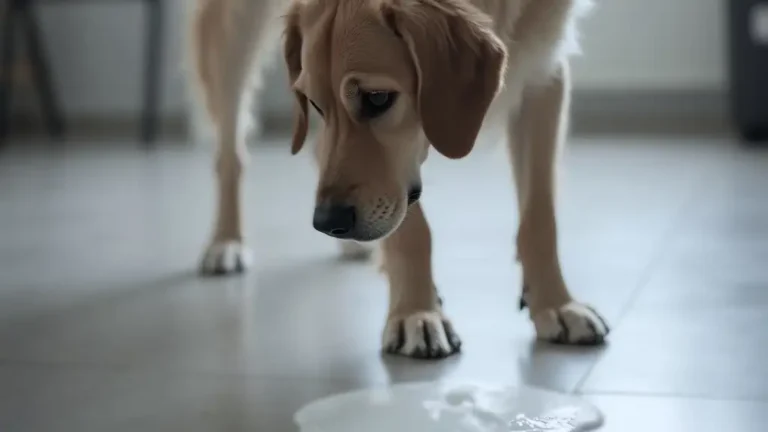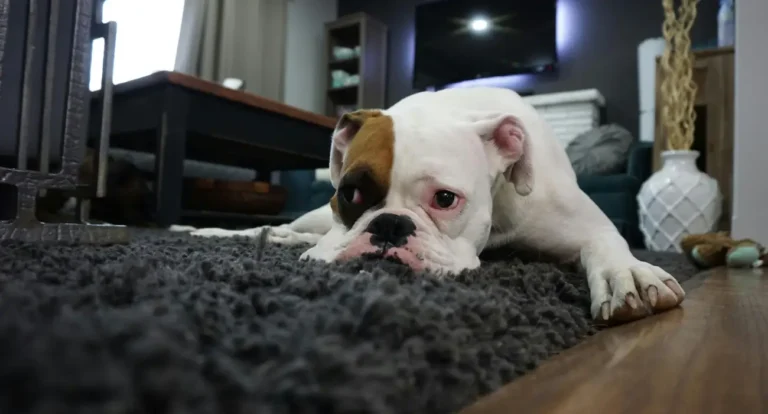5 Proven Ways to Help Your Anxious Dog Conquer Fear and Gain Confidence!
How to Help an Anxious Dog: Natural Solutions and Effective Techniques
Table of Contents
Understanding How to Help an Anxious Dog with Their Fears
You’ve probably seen your dog act out of character: shaking and hiding during a thunderstorm, starting to slow down when new people come over, or barking uncontrollably as soon as you’ve left the house. It can be heartbreaking to see that your furry friend is anxious, and it feels as though a lost cause when they are surfacing all those fears. Luckily, you need not give up.
With a good bit of patience and the right techniques, you can give your dog back some confidence and a chance to fully enjoy even the calmest and most relaxed life. Whether your dog is scared of loud noises, suffers from separation anxiety, or has difficulty with new experiences, proven methods exist to manage their anxiety.
In this article, we talk about five effective ways of calming down a worried dog, elevating its confidence, and putting tranquility and fun back in the house. You’ll learn all you need to arm your dog and create a wonderful balance in their emotional well-being-from the undertones of anxiety in dogs to natural cures and professionals that can help.
Understanding Dog Anxiety: What Makes Dogs Feel Stressed
Before coming to any solutions, let’s take time to get to know what’s happening in the head of your dog. Dog anxiety can take on many forms and arise due to many stimuli, past experiences, and genetics. By understanding what the actual problem is, it becomes easier to help the dog deal with it.
What is Dog Anxiety?
Dog anxiety is a general term used to refer to a dog’s emotional and physical responses in times of fear, stress, or uncertainty. The reasons for anxiety in dogs are numerous, some of the more common ones being:
Explosive noises such as thunderstorms, fireworks, or vacuum cleaners.
The separation anxiety disorder is characterized by the tension a dog experiences when left alone.
Fear of unknown people, animals, or environments that arise from prior traumatic experiences.
Health conditions generating pain or discomfort.
Clues of anxiety in dogs may accompany physical signs of stress such as shaking, drooling, excessive panting, or destructive behaviors. Whichever of these symptoms your anxious dog may be suffering, it can evolve into behavioral-related problems such as aggression or incessant barking. Left untreated, anxiety can really take a toll on your dog’s health.
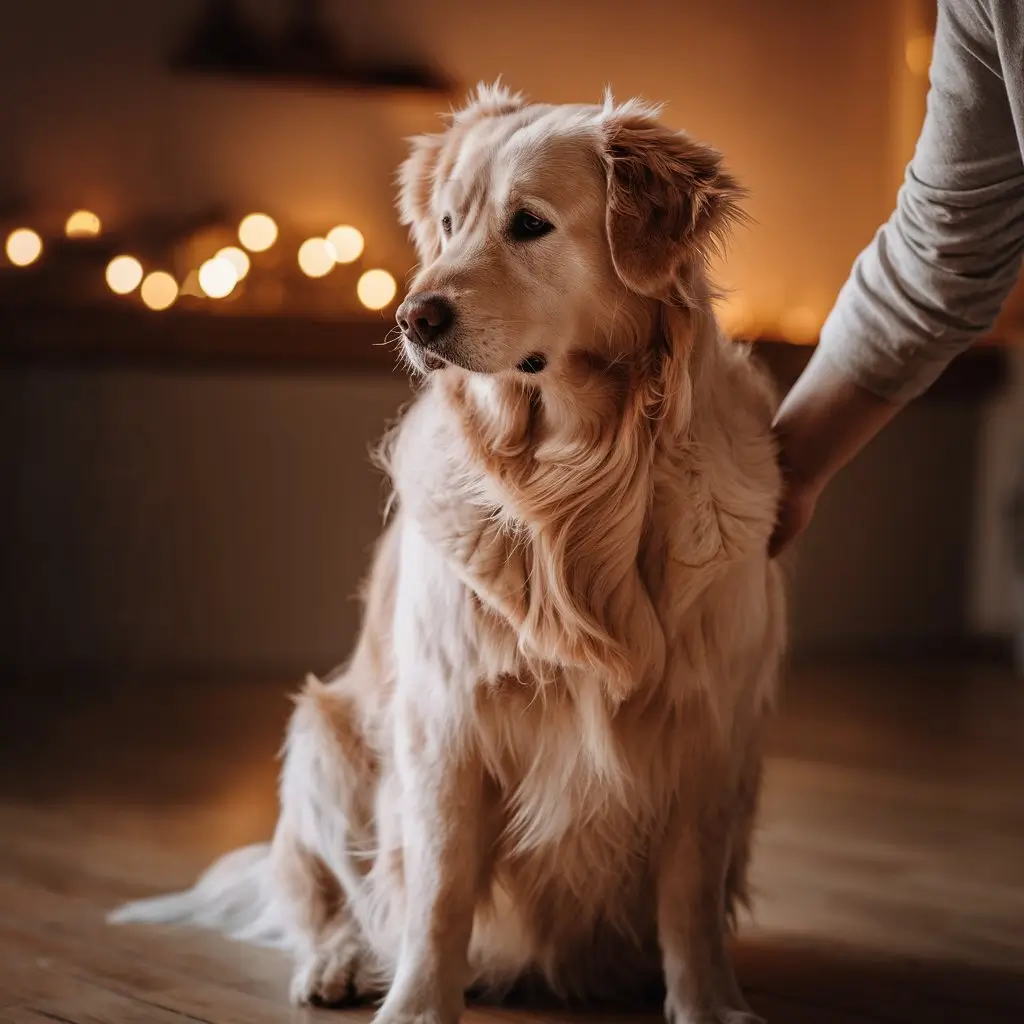
Signs that your dog is anxious
How do you find out whether your dog is anxious? Spotting these signs will help prevent a problem from becoming acute. Some of the signs include:
Trembling or shaking
Excessive panting or drooling
Destructive behavior like chewing on furniture or scratching the door
Whining or extremely incessant barking
Seeking a place to hide or even trying to escape
Lost or altered appetite
After identifying these signs, make hast to act and to establish that sense of security and confidence in your pet.
Five Proven Ways to Calm a Stressed Dog
Dog anxiety does not have the same remedy for each case; thus many techniques have been employed with effectiveness in reducing canines’ stress and enhancing their confidence. Following are five great ways to ease your dog’s anxiety.
Create an environment of safety for your dog.
Making a safe space for the dog is one of the most vital things you can do for your anxious canine. This should serve as a retreat for the dog when they feel overwhelmed or scared. A safe space will enable the dog to feel secure and to directly relax without distractions or fear triggers.
How to Set Up a Safe Space
Find a calm and non-noisy corner or location in your house to serve as a safe zone for your dog.
Make it cozy with their favorite bed, blanket, or toys.
Limit distractions for this space to just tranquil and quiet distractions. This area should not have loud, rapid-moving objects, or overstimulating-space-inducing stimuli.
Use some calming aids like a ThunderShirt or a calming diffuser using essential oils.
Create a sanctuary where the dog can escape when in need of calming down, a place where it feels safe during stressful times.
Gradual desensitization to triggers
Gradual desensitization, or exposure therapy, would be the best protocol for such an exercise because it allows your dog to tackle their fears safely and under control. Basically, it references exposing a faint version of the fear trigger progressively to the dog.
How to do gradual desensitization
You must identify the trigger: thunder, fireworks, or separation from you.
Then, begin with very low-level exposure: for example, for a dog afraid of thunderstorms, you might start with very low-volume thunder recordings while giving treats or praise for remaining calm.
Finally, graduate from exposure: slowly increase the volume of the thunder recording so that it becomes a safe repeat of volumes your dog is accustomed to being exposed to.
Reward calm behavior: always reward any calm behavior from your dog with treats, praises, or toys, especially in the presence of their trigger.
It does take time to develop this, so be patient with it and do it in a consistent manner. Eventually, your dog will learn the trigger is not scary as it seems to be.
A chemical or solution-based approach does not appeal to pet owners who wish to relieve anxiety in their furry friends. For those with dogs having mild to moderate anxiety, these remedies are found to be effective and safe.
Top Natural Remedies for Dog Anxiety
CBD oil: CBD oil has become pretty popular with persons and animals. Some studies indicate CBD may help reduce anxiety and induce relaxation in dogs. Always check with your veterinarian to find out the proper dosage, and ensure you’re buying it from a quality source.
Aromatherapy: Essential oils, like lavender, chamomile, and valerian root, are considered calming. Use these oils in a diffuser or rub them on the dog collar or bedding. Always use pet-safe oils, and make sure you dilute them in proper proportions to avoid unwanted effects.
Herbal supplements: Nature’s calmers like valerian root, passionflower, and chamomile have been used for generations to soothe anxious pets. These can come in treat or capsule form, but always consult your vet before introducing new herbal supplements.
Natural remedies can be invaluable in building up your neuromuscular cocktail for anxiety relief, while in a very mild and non-invasive way boosting your dog’s emotional well-being.
Soothing devices for the anxious one
There are different kinds of products available to achieve this: some serve as physical comfort objects, while others engage dogs through sensory input that promotes relaxation and comforts the nervous system.
Effective Calming Products
ThunderShirt: It is essentially a pressure wrap used to give your dog constant, gentle pressure to its torso, like being swaddled in a blanket. This could help reduce anxiety linked to loud noise, travelling, or separation.
Calming Vests: These vests provide gentle pressure. Many owners have reported major improvements in their dog’s anxiety levels, especially during stressful events such as thunderstorms or veterinary visits.
Calming music or white noise: Soothing sound systems, such as classical music or white noise, could mask the noises from the outside and keep your dog calm and composed. Some dogs seem particularly receptive to these calming sounds during times of stress.
The above products are very simple to apply and may induce a positive emotional state in your dog during the times when they face anxiety.
Consistent exercise or mental stimulation
Physical and mental engagement is essential to keeping the dog’s brain and body in a normal balance. The activity helps release stress or pent-up energy, while mental stimulation, through challenging games, is a positive diversion for your dog’s attention and focus.
Exercise Tips for Relieving Anxiety
Daily walks: The brisk walk or run can help ease tension hormones while expending any excess energy that can help calm your dog.
Interactive play: Use challenging toys such as puzzle feeders, treat-dispensing toys, or hide-and-seek games.
Training sessions: Regular short training sessions can mentally engage your dog, boost self-esteem, and modify bad behavior.
Integrating physical and mental exercise into your dog’s routine helps lessen any anxiety while promoting general health and wellness.
Parting words: Helping Your Anxious Dog Become Calm and Confident
Helping your anxious dog gain a sense of comfort on this journey will require persistence, consistency, and affection. From providing a safe space for them from the outside world, and gradual desensitization to the alarming triggers all the way to using natural means for their health, there is no shortage of ways you can already help your dog conquer their angst. Rallying and preparing your dog the right way will teach him or her to control that anxiety and develop into a more secure partner.
Bear in mind: all dogs vary; thus, try different strategies to observe your dog’s reaction. It is nothing but process, and you can reward your own doggie with peace of mind for his/her well-being with the right care.
FAQ:
Q: What are the best remedies for an anxious dog?
Effective measures include creating an area for safe space, calming products, and consistent mental and physical work.
Q: Is CBD oil effective for dog anxiety?
Yes, CBD oil has recently been seen to relieve some dogs’ anxiety. Your vet could advise the perfect dosage and if it’s safe for your pet.
Q: How long does it take for a sedative for dogs to take effect?
Depending on the degree of anxiety and mechanism used, the results may vary. However, with consistent endeavors, improvements could be seen often within a few weeks.
Q: What are natural treatments for dog anxiety?
Yes, these include aromatherapy, herbal supplements, and a well-structured balanced diet.
Q: When do I know that my dog requires professional help for anxiety?
If your dog’s anxieties seem to be rather intense and home treatment does not seem to be able to accomplish the goals, it is time to consult with a veterinarian or a pet behaviorist.
